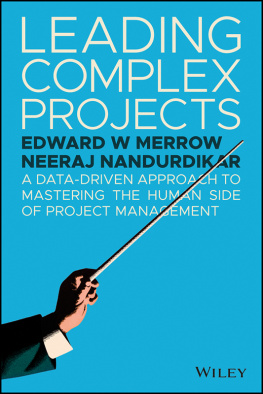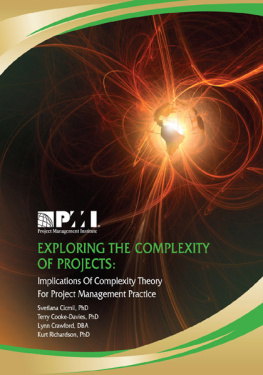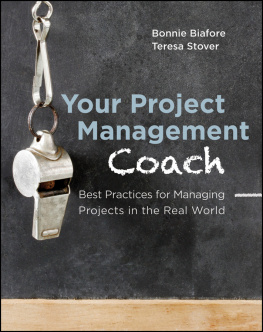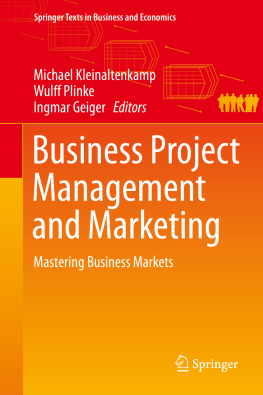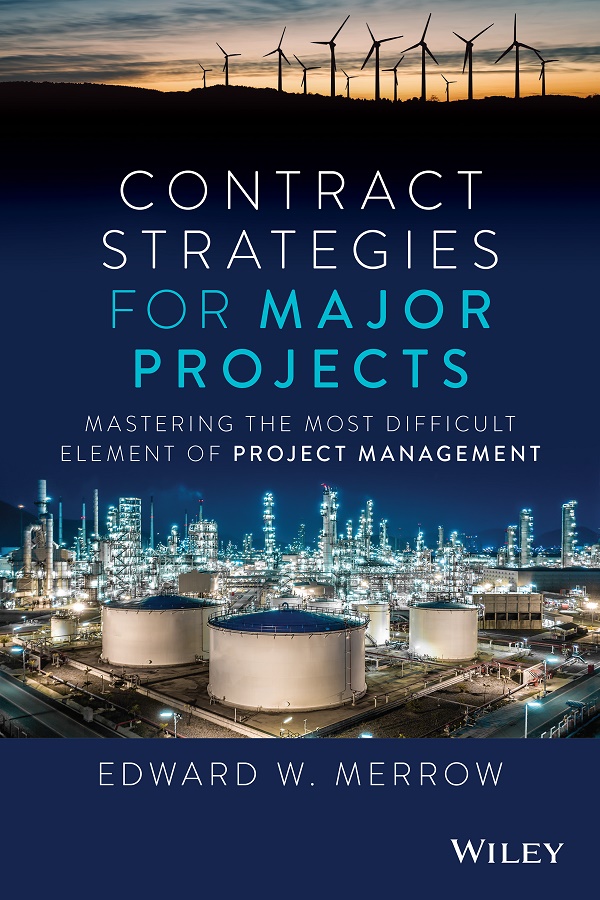Edward W. Merrow - Contract Strategies for Major Projects: Mastering the Most Difficult Element of Project Management
Here you can read online Edward W. Merrow - Contract Strategies for Major Projects: Mastering the Most Difficult Element of Project Management full text of the book (entire story) in english for free. Download pdf and epub, get meaning, cover and reviews about this ebook. City: Hoboken, year: 2022, publisher: Wiley, genre: Business. Description of the work, (preface) as well as reviews are available. Best literature library LitArk.com created for fans of good reading and offers a wide selection of genres:
Romance novel
Science fiction
Adventure
Detective
Science
History
Home and family
Prose
Art
Politics
Computer
Non-fiction
Religion
Business
Children
Humor
Choose a favorite category and find really read worthwhile books. Enjoy immersion in the world of imagination, feel the emotions of the characters or learn something new for yourself, make an fascinating discovery.

- Book:Contract Strategies for Major Projects: Mastering the Most Difficult Element of Project Management
- Author:
- Publisher:Wiley
- Genre:
- Year:2022
- City:Hoboken
- Rating:4 / 5
- Favourites:Add to favourites
- Your mark:
Contract Strategies for Major Projects: Mastering the Most Difficult Element of Project Management: summary, description and annotation
We offer to read an annotation, description, summary or preface (depends on what the author of the book "Contract Strategies for Major Projects: Mastering the Most Difficult Element of Project Management" wrote himself). If you haven't found the necessary information about the book — write in the comments, we will try to find it.
Major Projects are Delayed by Months or Years, and Cost Millions More Than Budgeted, Because of Common Mistakes Made at the Contracting Stage
Organizations that invest huge amounts of capital in major building/industrial projects almost never do the engineering and building themselves. They hire engineering and construction contractors to do it for them. Unfortunately, selecting contractors and negotiating the terms of a major project is one of the most difficult aspects of project management...and organizations waste billions of dollars and bake in months or years of delay by doing it wrong. Contracting is also the area of project management that is most prone to firmly held opinions unencumbered by any facts. We intend to remedy that situation with this book. Drawing on a properietary detailed database of over 1100 major projects, the worlds leading industrial engineering project consultant, Ed Merrow explains:
Key Principles of Contracting for Major Projects:
- Owners are from Mars; contractors are from Venus
- All the biggest risks in contracting belong to the owner
- Contracting games will normally be won by contractors, not owners
- Most risk transfer from owners to contractors is an illusion
- Contractors do good projects well and bad projects poorly
- Contractors may have shareholders, but they are not your shareholders!
- Mixing different contract types with different contractors on the same project is unwise
- Economize on the need for trust; trust only when being trustworthy has value
Merrow also explains:
- Which contract incentives work and which dont and WHY
- Which of over a dozen contracting strategies work best and which ones hardly ever work and WHY
The strategic advice in this book is designed for owners and contractor project managers, team members and supply chain, executives, and other business leaders involved in major projects. Its also an indispensable resource for engineers, leaders of industrial firms, bankers, and academics studying the messy realities of the construction and engineering industries.
Edward W. Merrow: author's other books
Who wrote Contract Strategies for Major Projects: Mastering the Most Difficult Element of Project Management? Find out the surname, the name of the author of the book and a list of all author's works by series.

